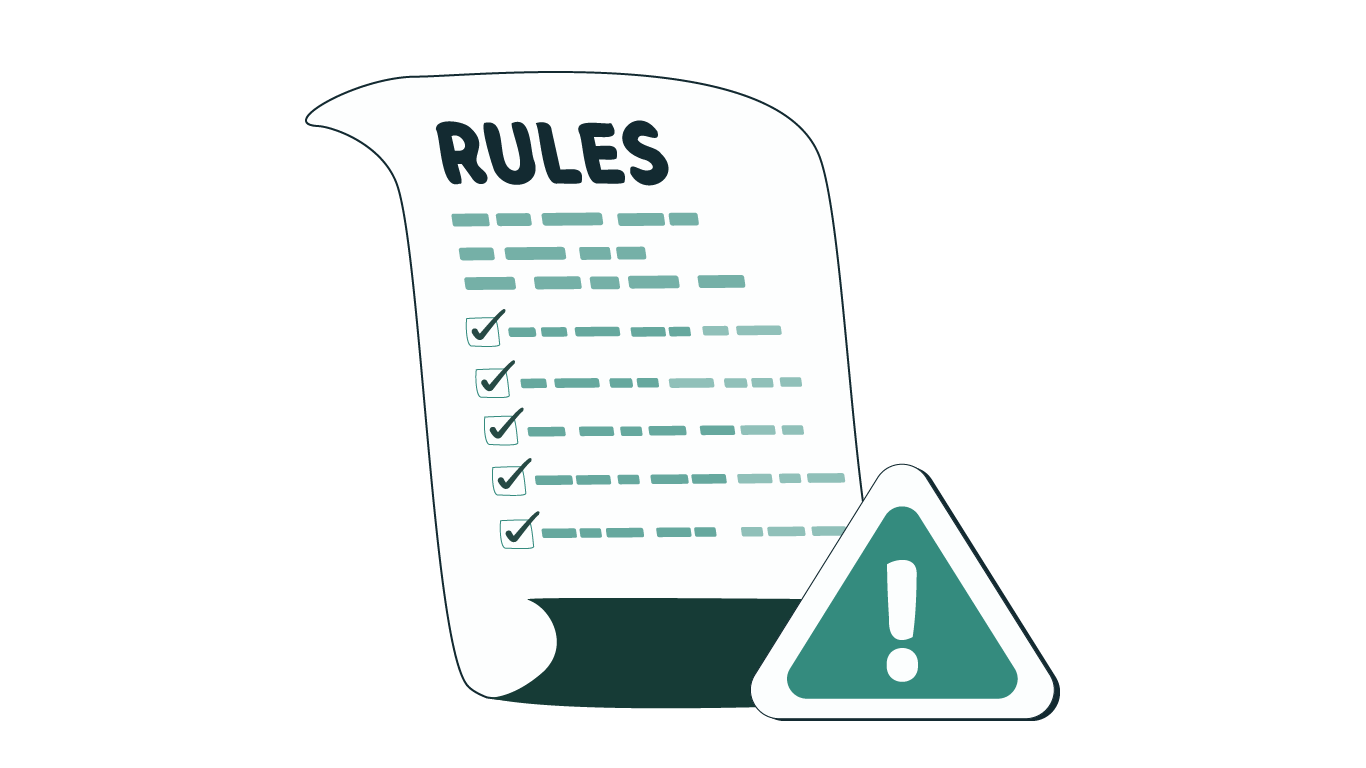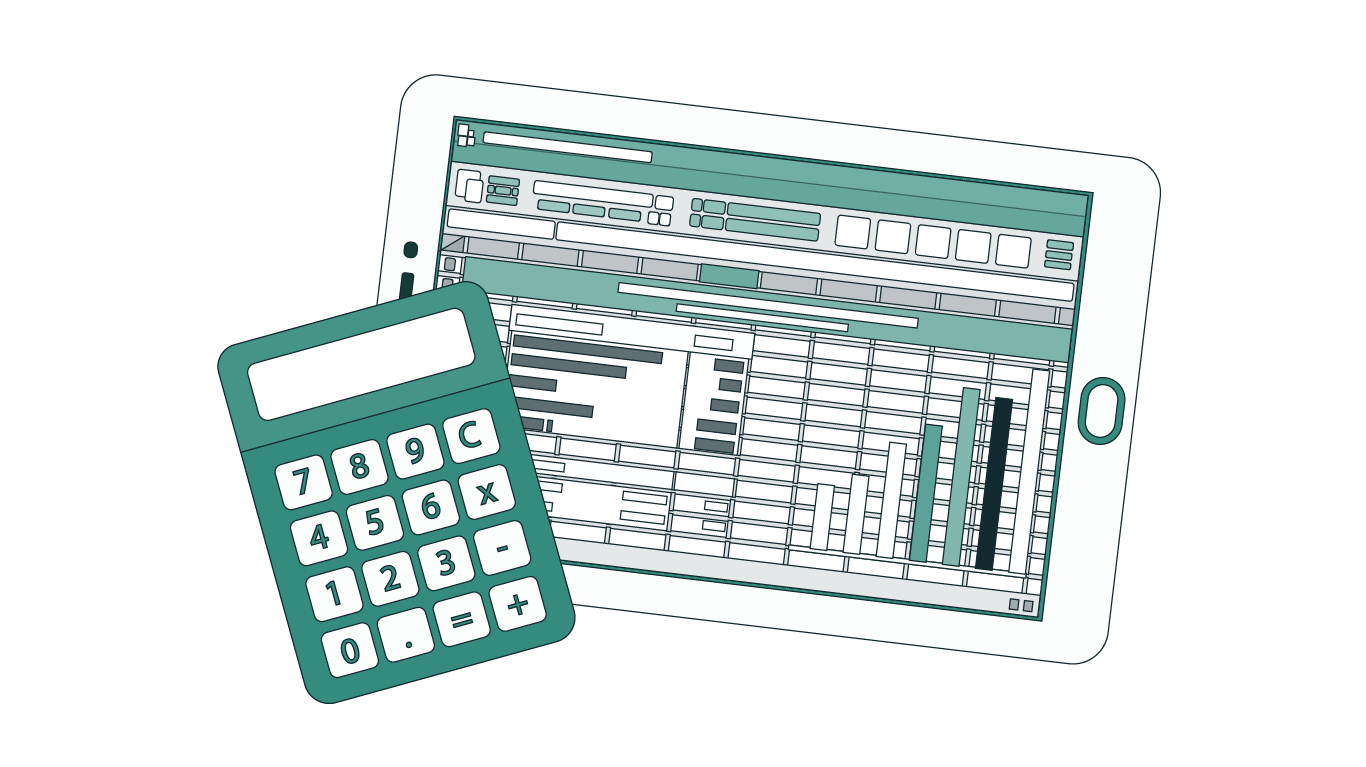The Shareholder Rights Directive (SRD II) came into effect in June 2017. European Union member states were required to transpose the directive into national law by 10 June 2019. The deadline for businesses to adhere to the new guidelines on shareholder identification and investor communications was 3 September 2020.
 What changes does SRD II bring?
What changes does SRD II bring?
The EU outlined its objectives for the new directive, stating that it would:
- Improve the manner in which shareholders could exercise their rights
- Create a better information flow between issuers and investors
- Provide transparency over shareholder identification
- Allow shareholders a say over director remuneration
- Offer transparency on voting advisory and proxy services
As well as benefiting shareholders in many ways, SRD II also provides opportunities for issuers. They include:
- The ability to access the share registry through the local Central Securities Depository (CSD)
- Improved Europe-wide data collector services relating to the share register and its transparency, digitisation, speed of retrieving information and so on
- Increasing the standardisation of shareholder data to allow for easier comparison and analysis
Why engage in shareholder identification?
Identifying shareholders aids your efforts in three key areas of your business:
Shareholder management
You can better monitor changes in your shareholding, including movements in position. You can find out who is entering your shareholding, who is leaving and who is reinforcing their positions. Information about these moves helps you understand the motivations behind them.
You can also benchmark your shareholding and share capital against your sector and your peers. This helps you understand what is driving shareholder value. It allows for better communication with key shareholders, more efficient targeting of those who truly hold influence, and increased effectiveness of your investor CRM thanks to the additional rich data.
Shareholder engagement
Knowing more about your investors is essential when planning roadshows, AGMs and other shareholder engagement events. You can preempt difficult questions and voting intentions and tailor the presentation to the interests and requirements of your shareholder base. For example, if ESG policies are likely to inform voting strategies, you can address these issues and reassure investors of your commitment.
It also allows you to prepare for corporate actions, such as dividend payments, fundraising and similar.
Investor relations
Knowing who is investing and divesting, identifying where your shareholding is underweight and benchmarking against the industry all allow you to effectively identify new investor targets. This is a key element of your investor relations strategy moving forward.
For your current investors, you can tailor communications depending on the categories of shareholders that you identify. This helps engage them and ensures they hear the news that is important to them.
Data limitations
However, there is an obstacle between the directive opening up the share register provided by the data collector and issuers being able to use the data effectively. The data collector provides the information in a raw Excel file listing all beneficial owners, domestic individual holders and corporates. To be able to generate a truly comprehensive list of all aggregated funds under the management of your institutional investors, you need additional analysis of the data by market experts.

Making the most of share register data
Shareholder Analysis from Euronext Corporate Services offers all of the information you need in high-resolution reports to allow you to make the best, evidence-based decisions for your investor relations strategy.
Besides the raw file, you gain a list of the top shareholders as well as details of your investor distribution across territories and by size of intermediary as provided by the data collector. This enables your organisation to truly benefit from SRD II.
Shareholder Analysis also provides a formatted list of investors, details of all investors and funds with key contact information, who is buying and selling, entering and exiting, comparison with peers, ESG fund analysis and an executive summary of the report.
We act on your behalf in requesting the share register and we:
- Present our strategic analysis of the data ten days following the day of the request
- Provide our advisory and recommendations to your IR team within five days following the analysis
When providing services through Shareholder Analysis, we work within six categories to ensure that we add the maximum possible value to your IR efforts. These include:
- Identification of investors, categories of investors, ultimate beneficial owners, and buying and selling trends.
- Benchmark of both your ownership profile in general and geographical spread of investors against your peers.
- Governance overview, featuring activism identification, monitoring short positions, voting policies and CSR and impact investing trends.
- Qualification of your investment strategy and detailed fund profiles.
- Connection in terms of geographical mapping of investors, and providing key contact details for shareholders and portfolio managers.
- Top holders updates, with quarterly reports on your institutional investors.

Learn moreAbout Shareholder Analysis by EuronextIt is true that SRD II provides many opportunities for issuers. However, to truly make the most of the information that you have access to, you need to evaluate it from many perspectives.
Shareholder Analysis by Euronext offers a deep analysis of the data to allow you to truly understand what it means for your organisation and its IR strategy. Uncover rich, valuable information that helps you better understand your shareholder base, the motivations of your investors and who you should be targeting. You can request a free demo of Shareholder Analysis for free.
|
Related articles
-
Which ESG Metrics Should You Track? A Comprehensive Guide
Read the article -
New IESBA Standards – The Importance of Ethical Standards in Sustainability
Read the article -
The Benefits of Webcasting Your Capital Markets Day
Read the article
Share this post


